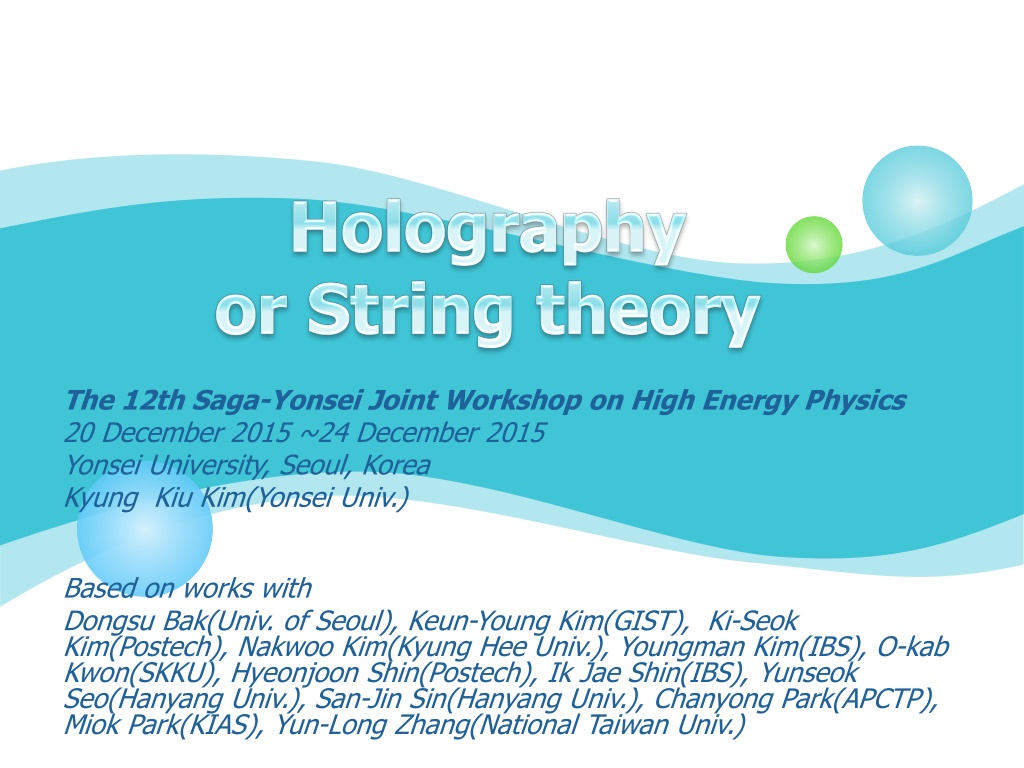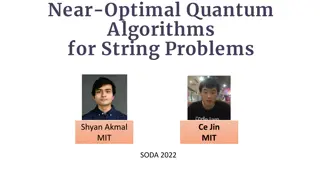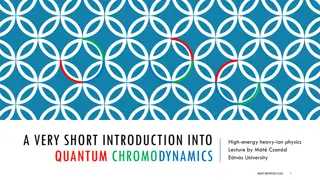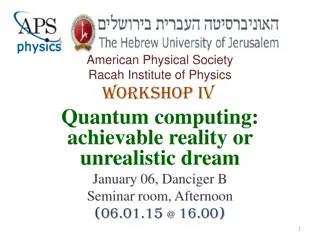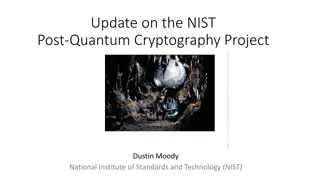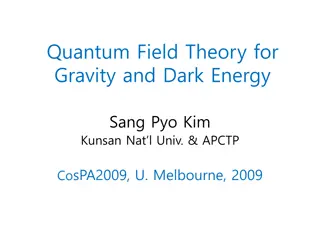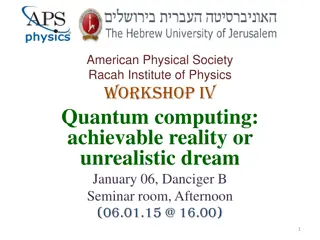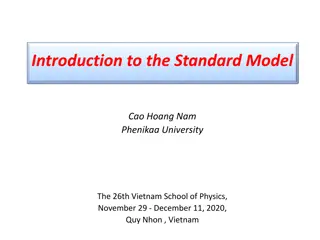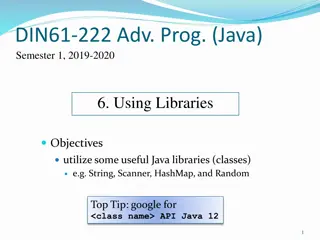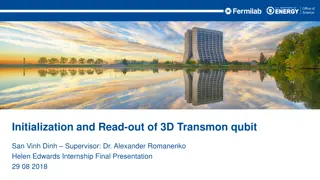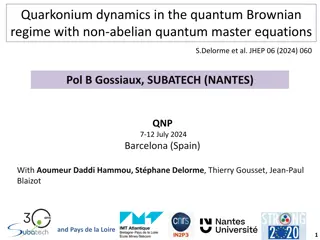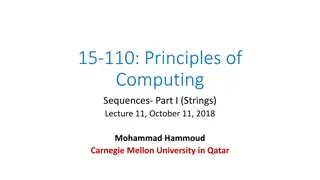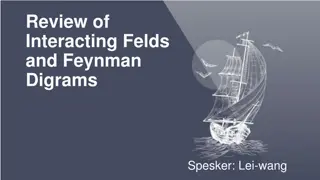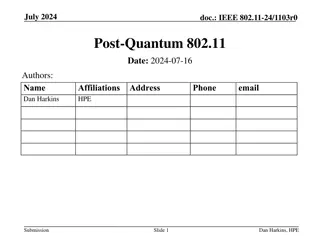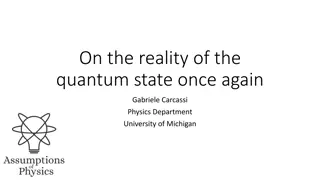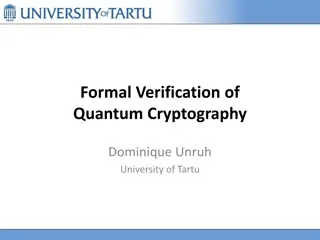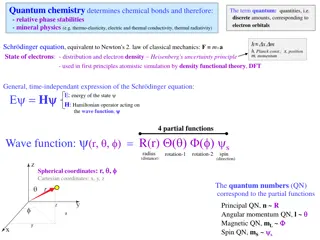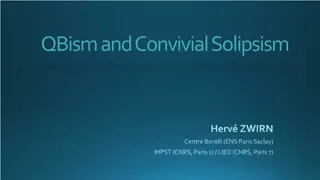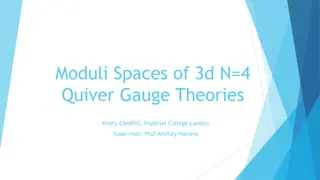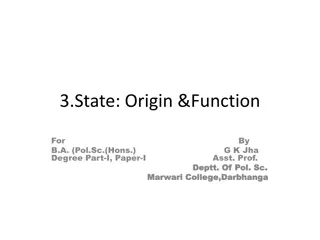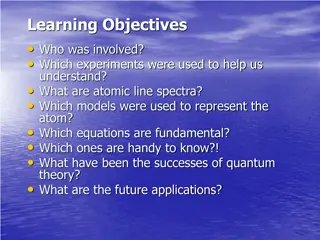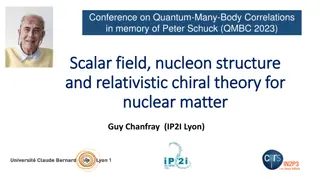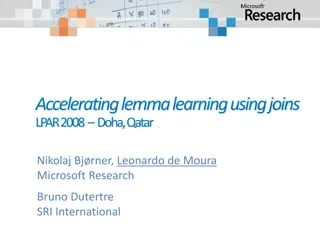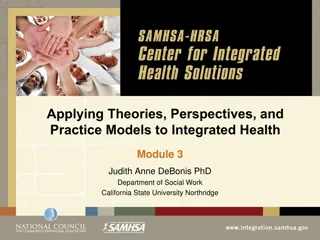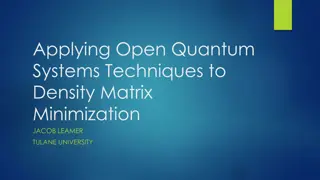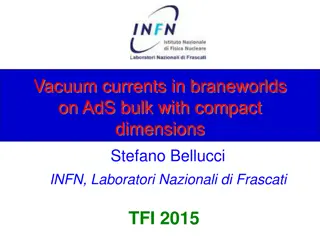Insights into String Theory and Quantum Field Theories
Workshop on High Energy Physics at Yonsei University focused on addressing UV divergence problems in quantum field theories and gravity theories, exploring string theory as fundamental particles, and discussing better actions and boundary conditions for closed and open strings.
Download Presentation

Please find below an Image/Link to download the presentation.
The content on the website is provided AS IS for your information and personal use only. It may not be sold, licensed, or shared on other websites without obtaining consent from the author. Download presentation by click this link. If you encounter any issues during the download, it is possible that the publisher has removed the file from their server.
E N D
Presentation Transcript
The 12th Saga-Yonsei Joint Workshop on High Energy Physics 20 December 2015 ~24 December 2015 Yonsei University, Seoul, Korea Kyung Kiu Kim(Yonsei Univ.) Based on works with Dongsu Bak(Univ. of Seoul), Keun-Young Kim(GIST), Ki-Seok Kim(Postech), Nakwoo Kim(Kyung Hee Univ.), Youngman Kim(IBS), O-kab Kwon(SKKU), Hyeonjoon Shin(Postech), Ik Jae Shin(IBS), Yunseok Seo(Hanyang Univ.), San-Jin Sin(Hanyang Univ.), Chanyong Park(APCTP), Miok Park(KIAS), Yun-Long Zhang(National Taiwan Univ.)
Short note for string theory Short note for AdS/CFT correspondence Examples ( AdS/QCD, Fluid/Gravity, AdS/CMT ) Holographic principle Summary
Quantum field theories and gravity theories are theories for point particles. These theories have UV divergence problem. The point particle theory cannot avoid the UV divergence problem, because the size of particles is zero. The only way to avoid this problem is eliminating all dimensionful couplings. For the field theories, we can extract physical quantities successfully by renormalization . In gravity theories, we have no way to control quantum correction. We cannot eliminate the dimensionful couplings in gravity theory, because gravity theories have the Planck s constant in the kinetic term of the graviton.
So we may take some theory which have the extended objects(string, membrane and so on ..) as fundamental particles. An example of point particle theory
Better Action ; Polyakov Action Quantization
Closed string -> periodic boundary condition Result D=26
Open string ; -Neumann boundary condition -Dirichlet Boundary condition Result (N. B.C)
D . B.C -From the wave mechanics, we can see that the physical meaning of such a B.C is related to existence of other object. If there are some object at the end points of open strings, open string ends can have generalized charges.
D . B.C -> Some extended object -> D-brane D(-1) brane world point instanton like object D 0 brane world line particle like object D1 brane world sheet string like object D2 brame world volume membrane like object D3 brane 3 dimensional object It is well known that these object are really dynamical objects.
What is effective action for D-p brane Ramond fields: Generalized gauge fields sauced by D branes
In order to eliminate tachyons, one may introduce super symmetry. Results - No tachyon - Consistent theories --type I (D=10) --type IIA (D=10) --type IIB (D=10) --Heterotic E8 X E8 (D= 10+26) --Heterotic SO(32) (D= 10+ 26)
Low energy effective field theory. -- Type IIB supergravity theory
There is a supersymmetric black 3-brane solution in type IIB SUGRA Actually this black hole-like 3 brane solution is same with the D3 brane on end point of open strings. (Polchinski)
So this is main difference from usual point particle theory. The D brane can be described by a closed string or a open string. In closed string theory, the D branes are kinds of black brane solutions in the gravity theory. In open string theory, the D branes are ends point of the strings.
This is an example of the open-closed duality. This duality is also important for the UV finite theory.
Now let us use the fact in the previous short note. Lets consider N D3-brane. The D-brane has two descriptions, D-brane in open string theory and Black brane in supergravity as a low energy limit of closed string theory. D-brane in the open string picture What is the effective action?
The effective D3 brane action becomes Non-abelian DBI action. The perturbation theory can be well defined, when a t hooft coupling is small.
Let us consider a low energy limit. The higher derivative terms can be ignored. The SUGRA fields are decoupled from the D brane action. Then the action turns out to be U(N) Super Yang-Mill theory with 4 super-charges.
Supergravity(Closed string) point of view Low energy limit -> Near horizon limit(r -> 0) The SUGRA is valid when two following quantities are large.
There are two descriptions for the N coincident D3 branes.
Once you consider an adiabatic change from the type IIB on AdSXS to SYM theory, you may conjecture that two theories are equivalent. This is the Maldacena s conjecture. Also, Witten gave a prescription. This is the AdS/CFT correspondence. Strong/Weak duality We cannot check both sides.
Fortunately, however there are many evidences in integrable cases of the SYM theory.
This super conformal YM is interesting theory but it is very far from real YM theory, QCD. In order to make a similar theory to real QCD, we need to deform the conjecture. The representative work is the Sakai-Sugimoto model.
An example ; EKSS(J. Erlich, E. Katz, Dam T. Son and M. A. Stephanov, 05 ), model
It is very easy to consider systems with finite temperature and finite density : AdS charged BH in Einstein-Maxwell theory. Shear viscosity to entropy ratio in RHIC or LHC. Two point functions can be easily computed in AdS BH background using AdS/CFT prescription.
Holographic superconductor model(Gubser, Hartnoll, Horowitz, Herzog)
Ryu-Takayanagi : Holographic Entanglement Entropy Area of minimal surface in AdS = Entanglement entropy of CFT
Area of minimal surface in AdS = Entanglement entropy of CFT
C. Holzhey, F. Larsen and F. Wilczek, From field theory 94 Minimal surface(geodesic) in AdS3 Mass deformation
Computation through HEE = log ( tan s/2 )
Can we give a new principle for the strongly coupled field theories without string theory or supersymmetry. Let us revisit How we construct QFT In QFT construction -Symmetry -Renormalization -n-point functions with experimental data Holographic Approach -Symmetry -Holographic renormalization -n-point functions with experimental data
AdS/QCD or Neutron star arXiv:1007.2470 [hep-ph], arXiv:1206.4421 [hep-ph] Fluid/Gravity arXiv:0809.4541 [hep-th], arXiv:1307.0428 [hep-th] AdS/CMT arXiv:1011.5749 [hep-th], arXiv:1104.3491 [hep-th], arXiv:1409.8346 [hep-th], arXiv:1501.00446 [hep-th], arXiv:1502.02100 [hep-th], arXiv:1502.05386 [hep-th] Entanglement Entropy arXiv:1404.1044 [hep-th], arXiv:1407.6511 [hep-th]
String theory contains closed string and open string. They are describing gravity theory and gauge theory. There exist open-closed duality. Thus the gravity theory can be described by the gauge theory. The exact example is the AdS/CFT. This idea has been applied to many area of physics. We may introduce a new principle of holography for strongly coupled field theories.
